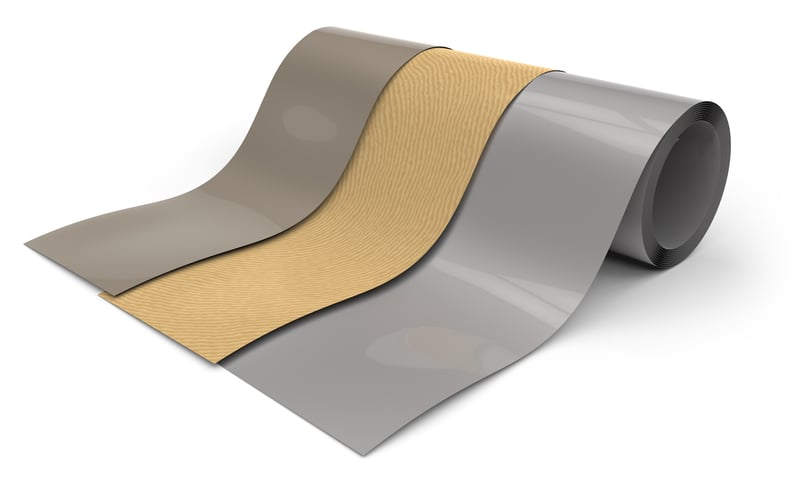
When exploring surface science, you’ll quickly encounter a range of methods for calculating surface free energy (SFE)—including OWRK, Wu, Acid-base, and the Equation of State. With so many options, it’s easy to feel overwhelmed. However, understanding the differences and similarities between these theories can help you select the best approach for your application. Importantly, SFE analysis provides deeper insights into your surface properties than contact angle measurements alone—making it a valuable tool for researchers and engineers alike.
At the heart of each SFE method is a theory about how molecules interact at surfaces. The main distinction between methods lies in how they treat these molecular interactions:
Single-component approaches (like the Equation of State and Zisman methods) treat surface free energy as a single value. These are often used for simpler systems or when a broad overview is sufficient.
Multicomponent approaches (such as OWRK and Wu) divide surface free energy into polar and dispersive components, offering a more nuanced view of surface interactions.
The OWRK method uses the geometric mean to combine these components. The Wu method uses the harmonic mean, which places slightly more emphasis on polar interactions. The Acid-base method goes a step further, splitting the polar component into acid (electron-acceptor) and base (electron-donor) parts. This is especially relevant for biological and biomaterial surfaces, where many biopolymers are monopolar.
Different SFE theories have been developed to address specific scientific challenges. For example, the Acid-base method was created to better describe the behavior of biological surfaces, while the Wu and OWRK methods offer alternative mathematical models for interpreting molecular interactions. The choice between these methods often depends on the material you’re studying and the level of detail you need.
There are also specialized approaches for unique situations. For instance, Schultz methods are designed for high surface energy materials, which are difficult to measure using traditional contact angle techniques in air. Instead, these measurements are performed in a liquid environment, requiring specific equations and protocols.
Selecting the best SFE calculation method depends on:
If you’re new to surface free energy analysis, start by considering the nature of your surface and the information you need. For biomaterials, the Acid-base method is often preferred. For general surface characterization, OWRK or Wu may be suitable. For high-energy surfaces, specialized methods like Schultz are recommended.
Surface free energy is a complex but rewarding topic. For a deeper dive into the different theories, their mathematical foundations, and practical applications, download our comprehensive white paper below.
The blog was originally published on the 5th of the March 2019 and has since been modified for improved clarity and completeness.
One of the commonly used surface free energy theories is called Acid - base or Van Oss-Chaudhury-Good method according to its inventors.
Surface free energy can be considered as the surface tension of a solid. Surface free energy is calculated through the contact angle measurements. By knowing the surface free energy of the solid, one can predict the behavior of any liquid on the surface.
OWRK is one of the most used surface free energy theories. It divides the interfacial interactions into two parts; polar and dispersive.
Surface free energy can be calculated through contact angle measurements. Automated instruments are available.
Discover how contact angle measurements help optimize plasma treatment for improved wettability and adhesion in industrial applications.
Calculate critical surface tension or surface free energy for a solid by testing against a series of liquids and measuring the contact angles.
